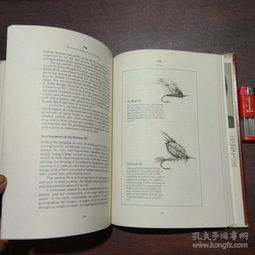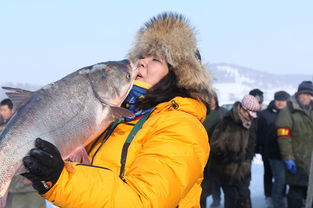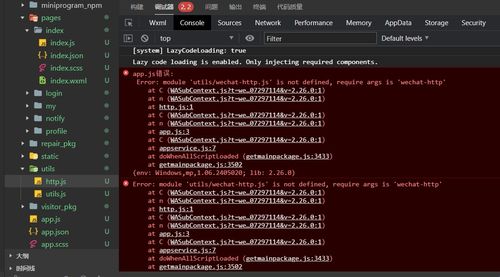Content:
Fishing is an ancient pastime that has been cherished by people around the world for centuries. Whether you're a seasoned angler or a beginner looking to hit the water, one of the fundamental skills you need to master is how to tie a fishing hook. The right knot can make the difference between a successful catch and a frustrating day on the lake. In this article, we'll delve into the world of fishing knot tying and provide you with a step-by-step guide, complemented by video tutorials, to help you become a pro at hooking your prey.
Understanding the Basics of Knot Tying
Before you dive into the specifics of different knots, it's important to understand the basics of knot tying. Here are a few key points to keep in mind:
Material: Use high-quality fishing line that is suitable for the type of fishing you plan to do. Monofilament, fluorocarbon, and braided lines all have their advantages and disadvantages.
Clean Line: Always start with a clean, untangled line. This will help you see the knot clearly and prevent snags.
Tension: Apply consistent tension as you tie the knot. Too loose, and it may come undone; too tight, and it may damage your line.
Practice: Like any skill, knot tying requires practice. Don't be discouraged if you don't get it right the first time.
The Clinch Knot: The Ultimate Beginner's Knot
The Clinch Knot is one of the most popular and versatile knots for fishing. It's easy to tie and works well with a variety of line types. Here's how to do it:
Make a Loop: Hold the end of your line and make a loop. Pass the end of the line through the loop.
Form a Bight: Take the end of the line and make a bight (a loop in the line) that is about twice the length of the loop.
Pass the Bight Through the Loop: Pass the bight through the loop you made in step 1.
Tighten the Knot: Hold the standing end of the line and the loop with one hand. With the other hand, pull the bight through the loop. Then, pull the standing end to tighten the knot.
Secure the Knot: Once the knot is tight, trim the excess line and tuck the tag end into the knot to hide it.
The Palomar Knot: A Stronger Alternative
If you're looking for a knot that can handle heavier weights and more pressure, the Palomar Knot is a great choice. It's also very easy to tie:
Make a Loop: Hold the end of your line and make a loop. Pass the end of the line through the loop.
Form a Bight: Take the end of the line and make a bight that is about twice the length of the loop.
Pass the Bight Through the Loop: Pass the bight through the loop you made in step 1.

Tighten the Knot: Hold the standing end of the line and the loop with one hand. With the other hand, pull the bight through the loop. Then, pull the standing end to tighten the knot.
Make a Second Loop: Take the end of the line and make another loop that is about twice the length of the first loop.
Pass the Second Loop Through the First Loop: Pass the second loop through the first loop.
Tighten the Knot: Pull the standing end to tighten the knot. Trim the excess line and tuck the tag end into the knot.
Advanced Knot Tying Techniques
Once you've mastered the Clinch and Palomar knots, you can explore more advanced techniques such as the Surgeon's Knot, the Uni Knot, and the Blood Knot. These knots are suitable for specific situations, such as joining two lines of different diameters or creating a loop for a lure.
Video Tutorials: A Visual Guide to Knot Tying
To help you visualize and practice the knots, we've compiled a list of video tutorials that cover the basics and advanced techniques. These videos will guide you through each step, ensuring that you understand the process and can tie the knots with confidence.
- Clinch Knot Tutorial: [Link to Video]
- Palomar Knot Tutorial: [Link to Video]
- Surgeon's Knot Tutorial: [Link to Video]
- Uni Knot Tutorial: [Link to Video]
- Blood Knot Tutorial: [Link to Video]
Conclusion
Learning how to tie fishing knots is an essential skill for any angler. By following these step-by-step guides and watching the accompanying video tutorials, you'll be well on your way to becoming a knot-tying expert. Remember, practice makes perfect, so don't be afraid to experiment with different knots and techniques. Happy fishing!












